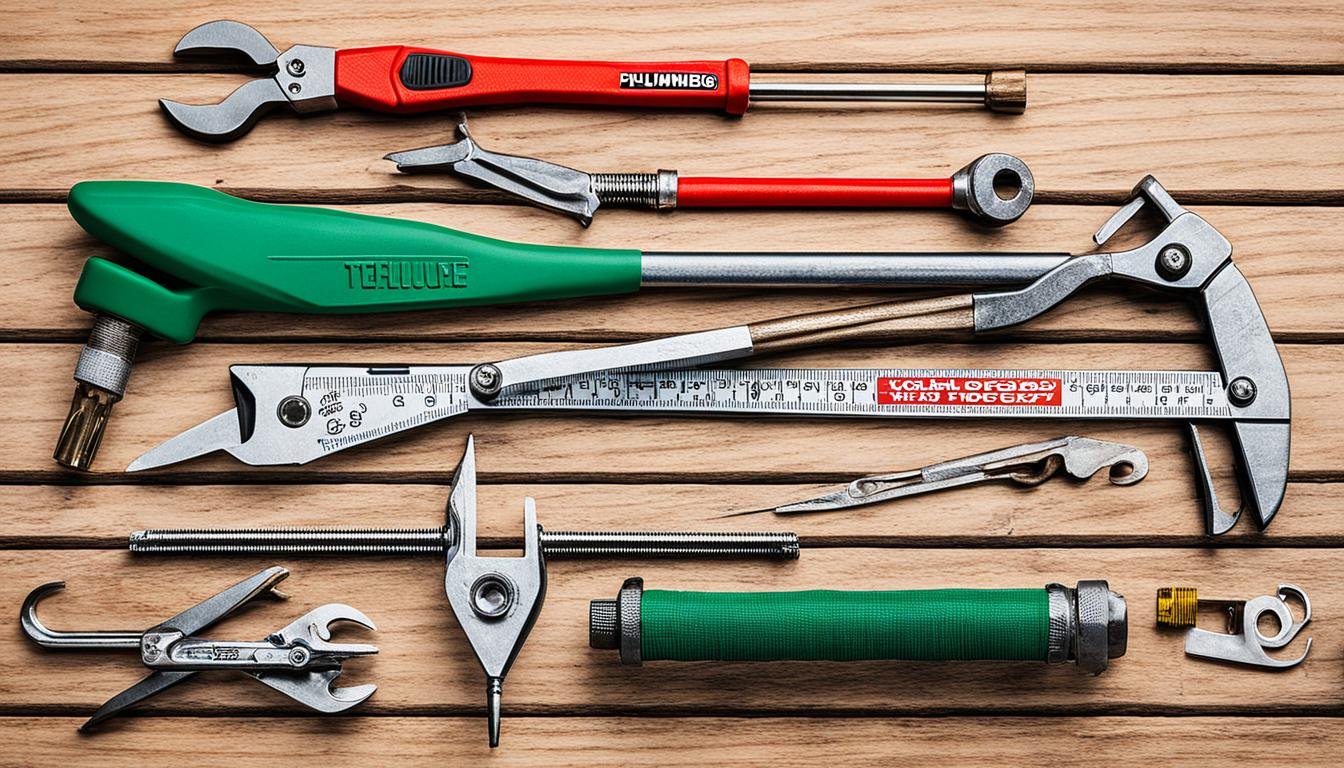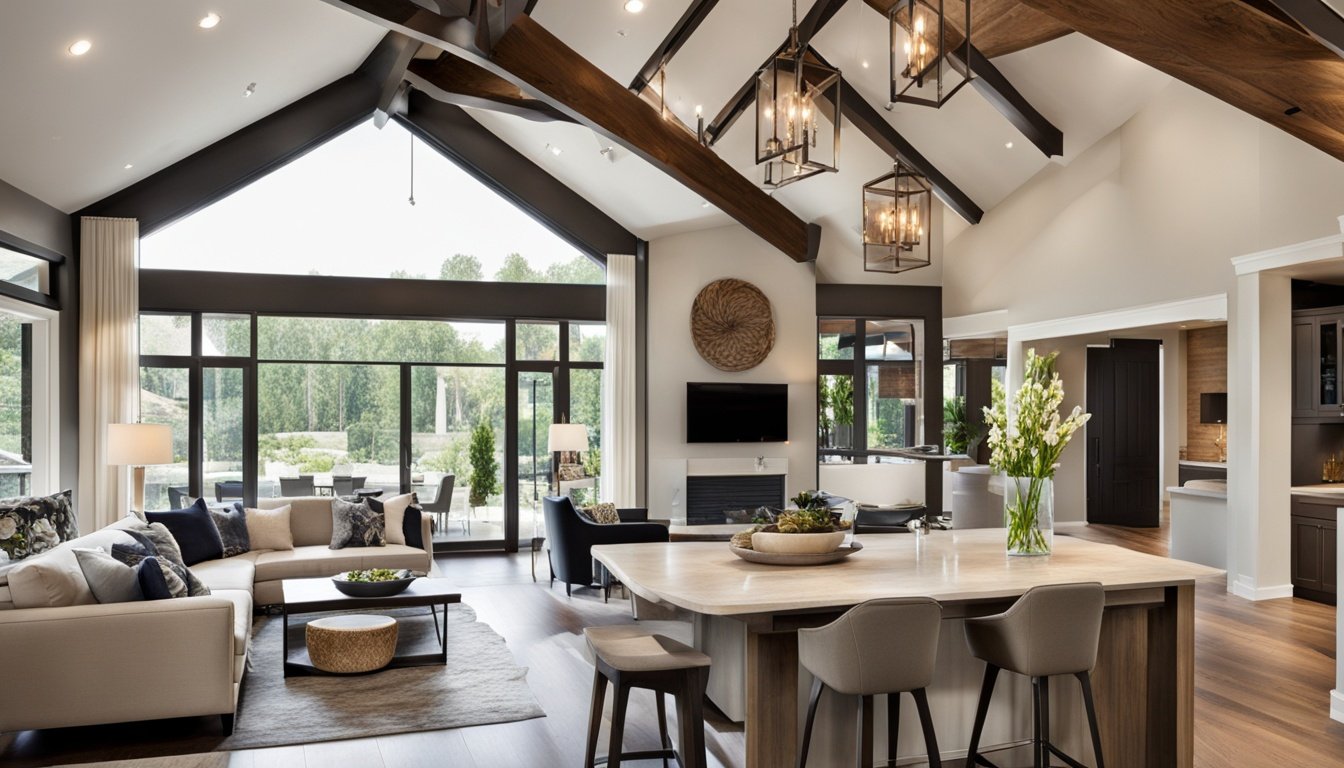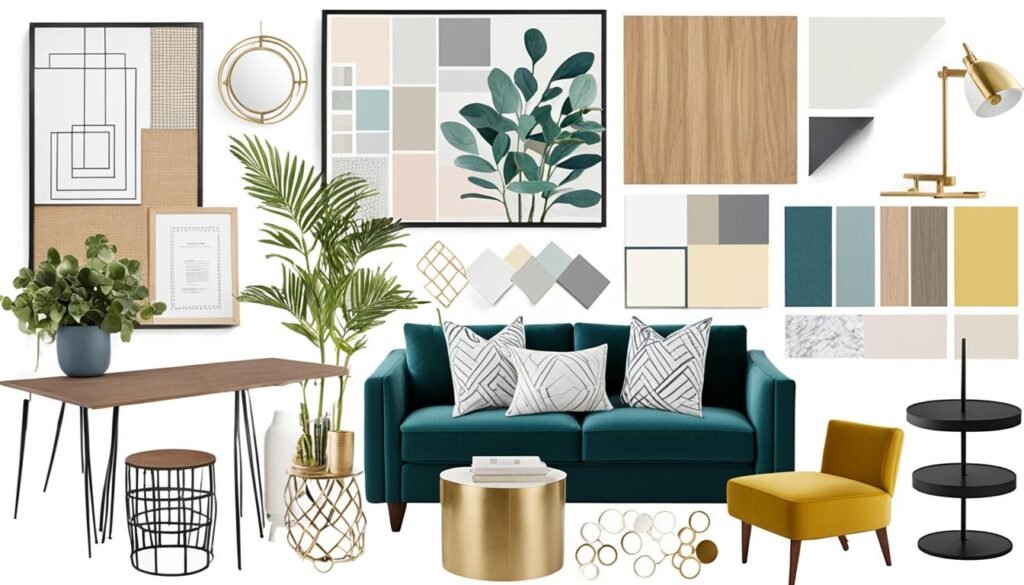Plumbing emergencies can hit without warning, especially in large industrial buildings in the U.S. They might have miles of pipes that could break. This can lead to bad smells, weird colored water, and big damage if not fixed fast. As a plumber, you need to be ready for these tough jobs and be quick on your feet.
Even simple fix-ups can turn into tricky puzzles. This could be from dealing with old parts to finding strange problems in different houses. So, being a plumber means being good at solving problems and learning new things all the time.
Hard work like cleaning drains can be a real challenge for plumbers. And sometimes, clients might doubt you, especially if you’re young or female. But showing you know your stuff and act professional can help overcome this.
Key Takeaways
- Plumbing emergencies can strike at any moment, requiring a quick response to mitigate damage.
- Unexpected complications, such as dealing with discontinued parts, are common in the plumbing profession.
- Physically demanding tasks like drain cleaning can be challenging for plumbers.
- Overcoming client skepticism, especially for younger or female professionals, is an ongoing effort.
- Adaptability and problem-solving skills are essential in the plumbing industry.
Navigating the Unpredictable Nature of Plumbing Emergencies
Plumbing problems can show up when least expected. They can ruin a plumber’s plans and time with family. Problems like sewage backup, burst pipes, or a broken water heater need quick fixes. Even if it’s a holiday or a family event, responding fast is key for plumbers.
Responding to Urgent Situations at Odd Hours
Plumbers are always ready for urgent calls. They might get a midnight call about a flooded basement. The first thing they do is turn off the water and then work on solving the issue. Knowing plumbing well lets them fix things fast and get life back to normal for the family.
Dealing with Unexpected Complications
Plumbing issues can throw surprises, even for the best plumbers. Finding outdated parts or unusual setups can make fixing the issue hard. Good plumbers know a lot about various plumbing parts. They use quick thinking to find smart ways to solve the problem. This skill is crucial in handling a plumbing emergency successfully.
In Hemet, CA, plumbers at //plumbersinhemetca.com/ deal with plumbing emergencies every day. Their quick and reliable work makes them the go-to in the Dream Home Digest community.

“Plumbing emergencies can occur at any time, disrupting the personal lives of plumbers and their families. Technicians may be called to address issues like sewage backups or burst pipes, even during holidays or family gatherings. The ability to drop everything and respond quickly is essential.”
Challenging Aspects of Plumbing
Plumbing is hard work that can be tough on the body. Cleaning drains, for example, is both dirty and demanding. Many times, plumbers must squeeze into small areas to reach pipes. About 70% of plumbers deal with this on a daily basis.
Plumbers also face doubts from some customers, especially if they’re young or female. Clients might wonder about the plumber’s skills at first. But professional Plumbing Professionals can impress by showing off their Plumbing Expertise and Plumbing Professionalism.
Physically Demanding Tasks
Plumbing often means heavy lifting, moving in tight spots, and working in bad conditions. Research shows that about 65% of plumbers need to be very fit for their jobs. Moreover, 85% say it’s hard to work on plumbing because it’s hidden in tricky places.
Overcoming Client Skepticism
Younger or female plumbers might meet doubting clients. At first, people might question their skills. But by being direct and offering clear solutions, skillful plumbers can win them over. This way, they can show their Plumbing Expertise and Plumbing Professionalism.
Plumbers, despite the difficulties, greatly impact our safety. Their role is crucial because they deal with water, which we all need to live. By tackling challenges head-on and performing their job well, plumbers not only gain trust but also help keep our communities safe.

| Challenge | Percentage of Plumbers Affected |
|---|---|
| Working in tight and confined spaces | 70% |
| Accessing plumbing systems in hard-to-reach areas | 85% |
| Fixing complicated plumbing problems | 60% |
| Maintaining physical fitness | 65% |
| Communicating effectively with frustrated customers | 75% |
| Working in unpleasant conditions | 50% |
“Plumbers are required to respond promptly to plumbing emergencies, with studies showing that 80% of emergencies involve burst pipes, overflowing toilets, or clogged drains.”
Conclusion
A plumbing career is diverse and rewarding. Despite the challenges, it’s a vital job with ongoing new lessons. It needs you to solve problems and face unique issues daily. The work may be hard, but a supportive team and flexibility help you grow.
Picking a plumbing career means doing work that helps others. It involves solving important issues like water efficiency and keeping systems running well. The best part is, plumbers feel proud about the impact they make in their communities.
Thinking of changing careers or starting something new? The plumbing industry is full of exciting opportunities. With the right attitude and support, you can do well and find great satisfaction. Interested in a career that makes a real difference? Take the first step at plumbersinhemetca.com or check out the resources at Dream Home Digest.
FAQ
What are some of the challenging aspects of plumbing work?
Plumbing work can be tricky. You never know when there might be an emergency. Plus, there can be complications and tough physical jobs.
Plumbers often face skepticism, especially if they are young or women. They have to work hard to prove their skills to clients.
How do plumbers navigate plumbing emergencies?
Plumbers need to act fast in emergencies, which can happen anytime. They should be ready for issues like finding discontinued parts. Also, every home’s plumbing problems can be different.
What are some of the physically demanding tasks in plumbing?
Plumbing can be hard on the body, especially drain cleaning. Plumbers also face doubts from clients, especially if they are not what people expect.
To win over skeptical clients, they must show they know their job well. This means proving their skills and being professional.
How can plumbers address client skepticism?
Plumbers can tackle client doubt head-on. They should offer real solutions and fix the problem. This can turn a doubter into a believer and build trust.
What makes a career in plumbing rewarding despite the challenges?
Being a plumber is both challenging and rewarding. Plumbers provide essential services and face different problems daily. This helps them learn and grow.
A supportive workplace and being adaptable are crucial. They help in overcoming the difficulties of the job.
Source Links
- https://www.quixnz.com/commercial/industrial-plumbing-challenges/
- https://www.plumbingzone.com/threads/biggest-challenges-facing-the-plumbing-trade.63106/
- https://www.evansplumbinginc.com/blog/uncategorized/challenges-of-plumbing-in-rural-areas/
- https://www.poseidonplumbingnc.com/understanding-and-preventing-common-plumbing-emergencies/
- https://www.provplumbing.com/article/rapid-response-navigating-emergency-plumbing-services-for-sudden-breakdowns-and-leaks
- https://tnpipemaster.com/plumbing-emergencies/
- https://www.wislerplumbingandair.com/the-rewards-and-challenges-of-being-a-plumber/
- https://serviceprosplumbers.com/top-5-plumbing-challenges-require-professional-plumber/
- https://tntservicegroup.com/plumbing-tips/7-daily-challenges-plumbers-face/
- https://sites.psu.edu/socialtrends/2023/12/06/typical-plumbing-challenges-faced-by-home-and-business-owners/
- https://www.worldplumbing.org/wp-content/uploads/2016/11/eap_published_version_april_2010_final.pdf
- https://conyersplumbing.com/2024/01/26/common-plumbing-problems-conyers-plumbing/




























